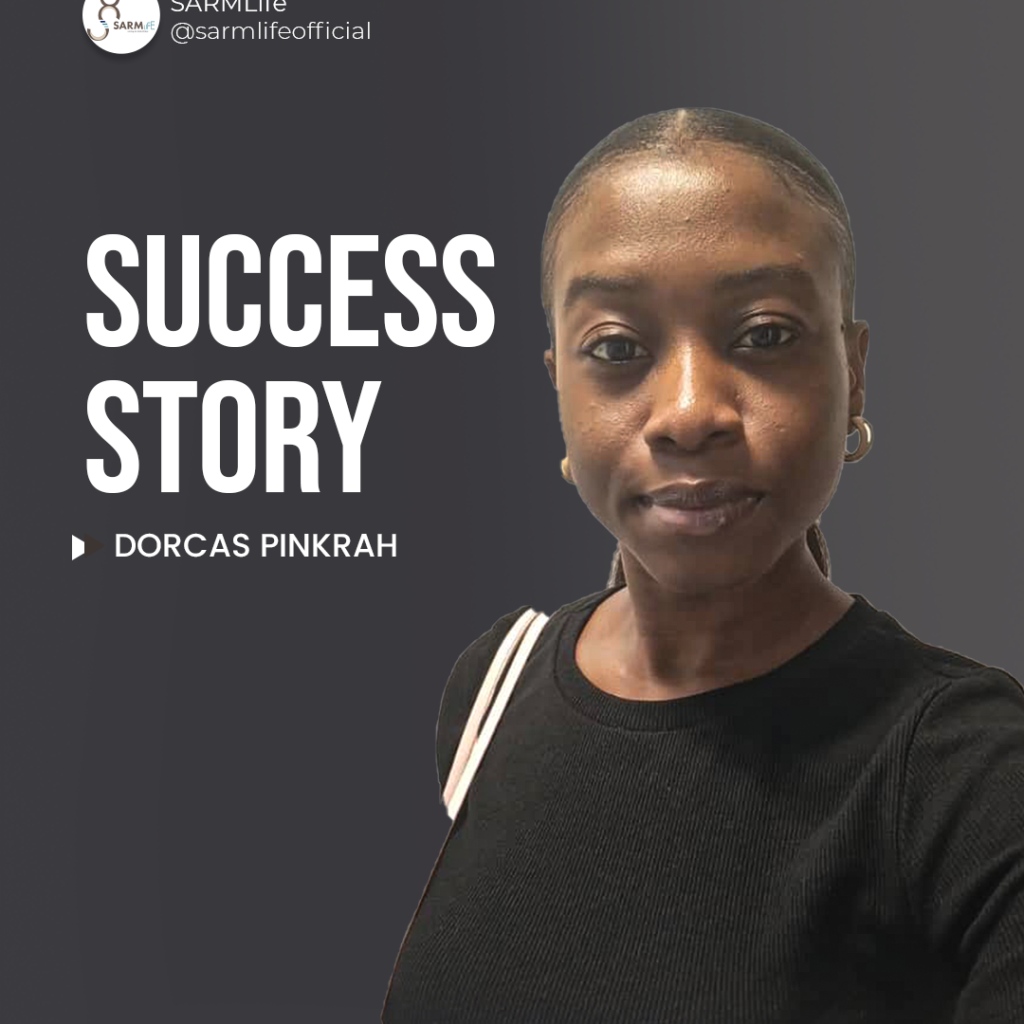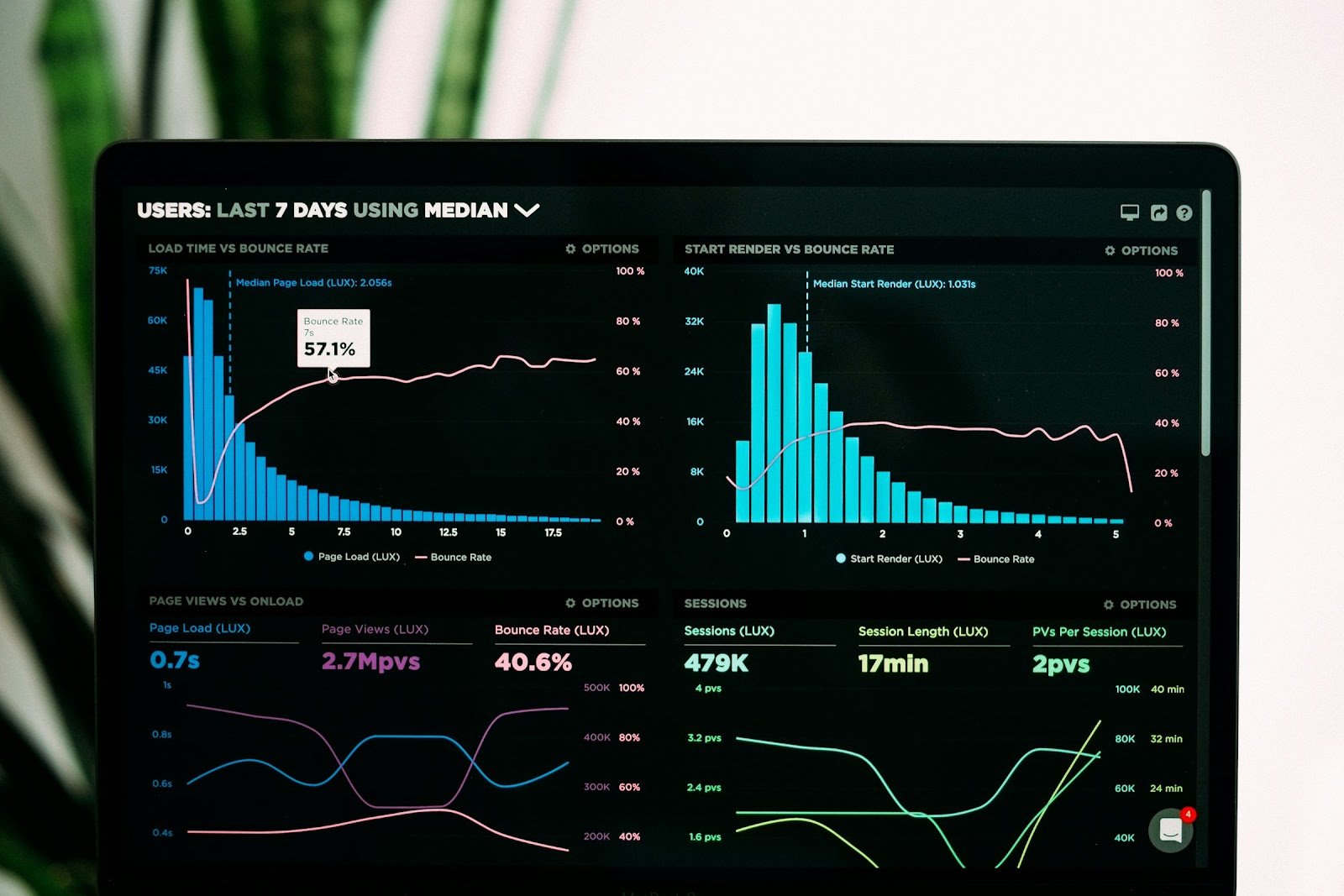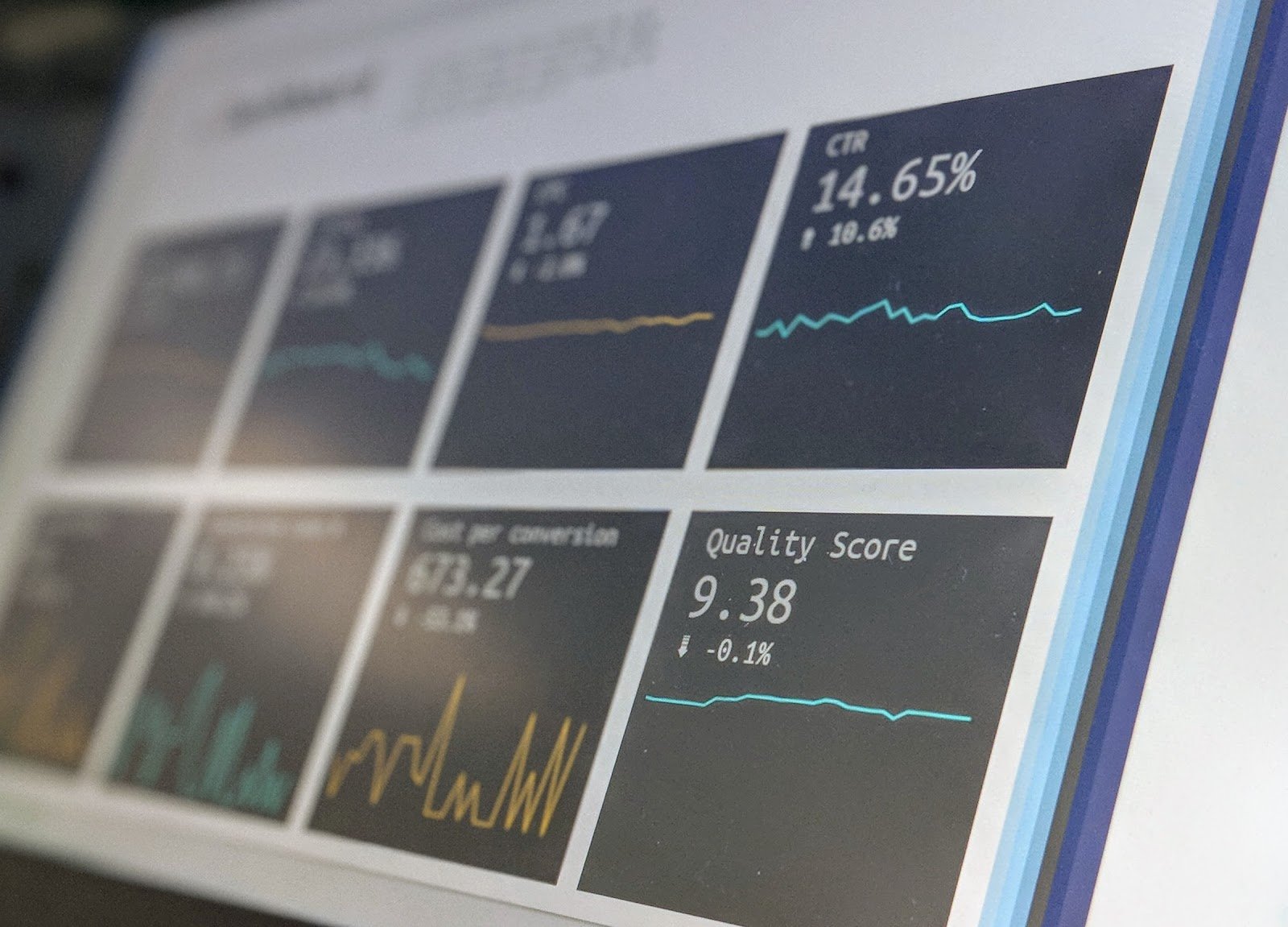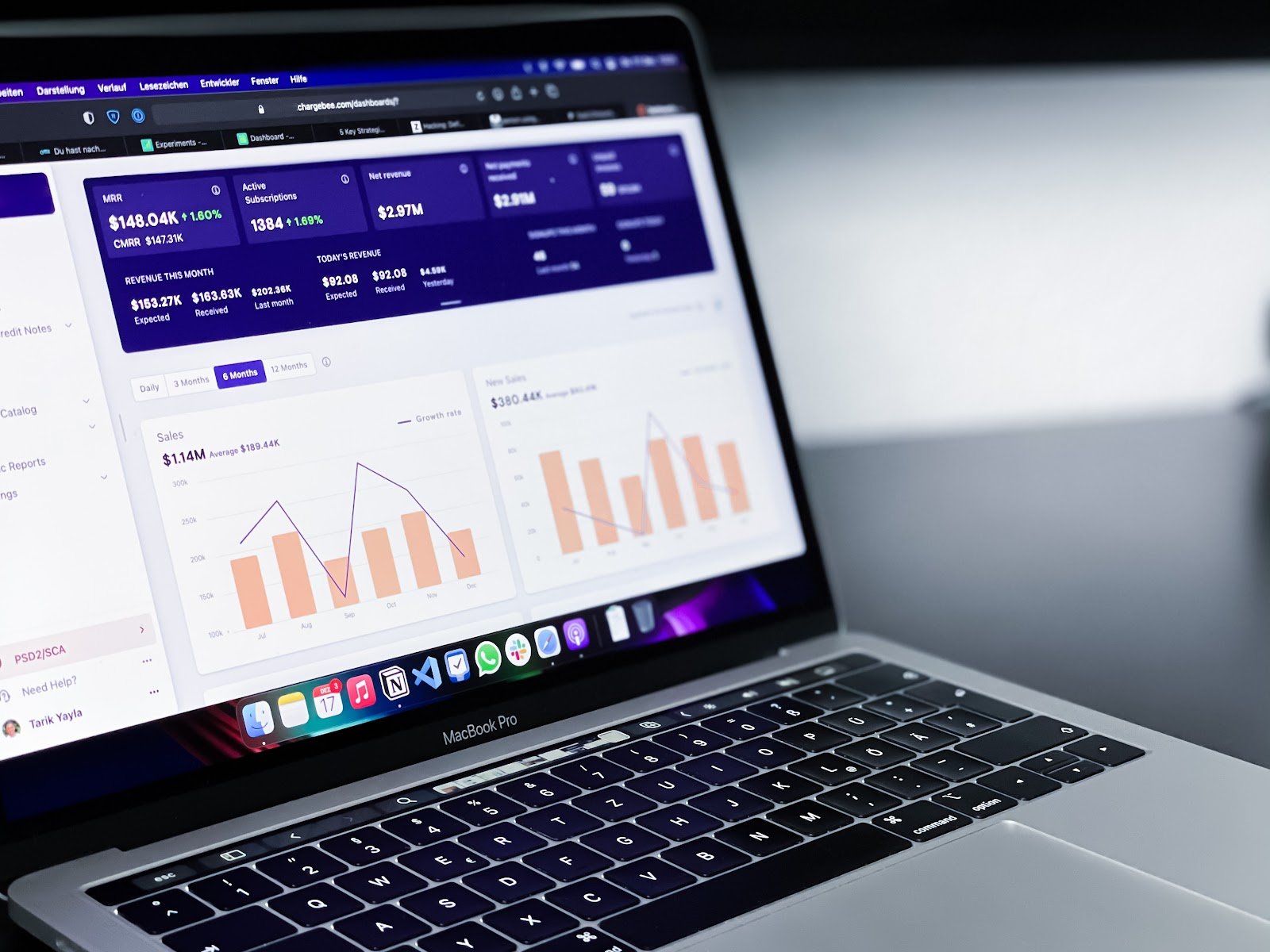Imagine spending hours upon hours writing phenomenal content, only for your blog to sit in the dark corners of the Internet—invisible to your audience and search engines. On average, it takes over four hours to write a great post, and let’s be honest—the least you’d expect is for people to see your hard work.
But how much of that content gets traffic? 7.5 million blog posts are published daily; over 90% get little to no attention.
For years, people have focused on other SEO strategies like keywords, backlinks, or site speed while barely paying attention to one of the most crucial factors: how to write SEO headlines. But here’s a shocking truth: 6 out of 10 people share an article after just glancing at the headline, while less than half read the post.
SEO headlines are like the front door to your content: they decide whether your post gets ignored or drives traffic, engagement, and shares. Your headline is the spark that draws readers in, builds their curiosity, and signals to search engines that your content matters.
Knowing how to write SEO headlines that grab attention and pique interest isn’t just a skill; it’s both an art and a science.
This article will guide you on how to write great SEO headlines.
RELATED BLOG POSTS
- 11 TOP TIPS TO IMPROVE YOUR ORGANIC CLICK THROUGH RATE – SARMLife
- 11 Proven SEO Writing Tips for Higher Ranking
- URL OPTIMIZATION | 11 BEST PRACTICES FOR AN SEO-FRIENDLY URL – SARMLife
- HOW TO WRITE META DESCRIPTIONS FOR SEO + FREE TEMPLATES – SARMLife
What Is an SEO Headline?
SEO headlines are titles shown to searchers when a page appears on the search engine results page (SERP). A well-crafted SEO headline can be optimized with important keywords to rank higher in search results, increasing visibility and the chances of clicks (organic traffic).
SEO headlines help search engines understand what a page is about and determine the likelihood of a searcher visiting it.
Why Headlines Matter for SEO
An SEO-friendly headline has a significant function: drawing in users and search engines to your blog. More than just a title, a compelling headline is your first chance to engage readers, improve search engine visibility, and drive traffic by highlighting the importance of your content.
Here’s why you need to learn how to write SEO headlines:
Headlines as an SEO ranking factor
Photos by 8photo on Freepik
Google uses various characteristics, such as headlines, to determine a page’s position in the search results list.
A well-optimized headline improves rankings and helps search engines understand your content. When your headline aligns with the user’s intent, your chances of ranking on the first page of the search results are higher.
Impact on click-through rate (CTR)
Learning how to write SEO headlines and implementing strategic keyword placement is more than getting search engines to recognize your content; it’s about connecting with users actively searching for specific information.
When users find their search term in a headline, they are compelled to click, knowing that the content meets their needs and intent. This increases the organic click-through rate, a metric used to measure how often people click on a search result.
A compelling headline ensures your content is listed naturally in search engines, leading to greater visibility, more clicks, and, ultimately, higher rankings.
Relevance to search queries
One of the most essential factors for visibility is ensuring your content aligns with what users are searching for. A well-written headline that directly matches user queries improves the chances of ranking higher on search engines. Search engines prioritize content that best aligns with user intent, and they know this by how users react to the content.
A relevant headline also signals to users that your content matches their needs, increasing engagement, reducing bounce rates, and improving dwell time.
Headlines impact a brand’s first impression and perception
Headlines communicate what a brand is about in a few words. A vague and non-factual headline will create a negative first impression and can turn users away instantly.
First impressions matter, and a compelling headline establishes credibility and trust by setting the tone for the content that follows.
Beyond engagement, headlines contribute to a brand’s overall reputation. Users subconsciously associate a headline’s clarity and relevance with the content’s authority and the brand behind it.
A well-structured, informative headline builds trust, strengthens brand identity, and ensures your content is perceived as valuable and reliable.
Photo by Tumisu on Pixabay
Elements of a Good SEO Headline
Writing great headlines isn’t about coming up with something you perceive to be “catchy.” It requires an accurate understanding of your audience and the strategic use of proven headline techniques that have consistently grabbed readers’ attention over the years.
The hardest part of crafting a good headline is ensuring it appeals to humans and search engines.
When you think of great SEO titles, think of something clear, not ambiguous, emotional, punchy, concise, and compelling.
Let’s break down what makes a headline click-worthy.
Clarity and accuracy
Headlines are meant to convey a clear message to readers. However, too much creativity can sometimes make the message unclear.
For example, using metaphors or figures of speech that are hard to decipher can be a significant turnoff for users who are quickly skimming through search results.
A headline like “Cracking the SEO Code: The Secret Sauce to Google’s Heart” might sound intriguing, but it’s vague and doesn’t immediately tell users what to expect. Someone looking for SEO strategies might not associate “cracking the code” or “secret sauce” with practical, actionable tips.
In an attempt to be clever, some people resort to exaggerated or misleading claims. For example, “5 Proven Ways to Increase Sales by 1074% in Just Three Days.”
This is an exciting and enticing headline. However, if the content doesn’t deliver on that promise, it destroys credibility.
Always back up your claims with proper research and ensure your title reflects the actual value of your content.
Keyword optimization
Keywords are important in telling search engines whether content matches the user’s intent. Including the target keyword in your SEO headline helps users determine whether your content meets their needs.
The SEO title should contain a primary keyword. However, using unrelated keywords or stuffing your headline with too many keywords can appear to be spamming and can be penalized by search engines.
For example, a title like “Best Weight Loss Tips: Weight Loss Diet for Fast Weight Loss and Weight Loss Exercises” is an obvious case of keyword stuffing.
The phrase “weight loss” is overused unnaturally, making the headline look forced rather than helpful.
A well-optimized title would be “Effective Weight Loss Tips: Best Diet and Exercise for Fast Results.”
This way, the keyword is included strategically without making the title look spammy.
To get the best results:
- Ensure the keyword accurately reflects the page’s content
- Place the keyword strategically within the title.
Search intent
Search engines evaluate content based on how users interact with it, so every piece of content must align with user search intent.
Every SEO headline should reflect the intent behind a search query. A headline that doesn’t match what users seek can lead to higher bounce and lower click-through rates (CTR).
Also, your SEO title should be tailored to attract the specific audience you want to reach. Two people using the same search query may have different needs or interests.
Photo by Pixabay on pexels
Emotional appeal
A great headline should evoke an emotional response. Humans are psychological beings who act based on emotions, so your headline must compel users to click.
The use of power words and numbers can help you achieve this. Power words trigger a response in searchers that can drive click-through rates and boost conversion. They are persuasive words that push users to take action, either to buy your products, click your headline, join your email list, etc.
Using numbers also clearly shows users what to anticipate. They help to break up a long title. A SearchPilot SEO experiment revealed that deleting a title’s number resulted in a 16% drop in website traffic.
Length and formatting
Did you know your SEO title has limited space on the SERPs? You can be cut off when your headline appears too long. The character count should be between 55 and 60 to avoid being truncated in SERP.
Practical Tips on How to Write SEO Headlines
Here are some of my top practical tips on how to write SEO headlines like a professional:
1. Conduct keyword research.
Creating an SEO-friendly headline starts with solid keyword research.
Whether your content idea comes from your list of content buckets or tools like AnswerThePublic, the next step is analyzing the Search Engine Results Page (SERP) to see what’s already ranking for the same topic.
Here’s how to do it effectively:
- Insert your idea in the Google search box.
- Search for articles covering the same concept and carefully analyze the first to third page of Google results.
- Identify recurring keywords or commonly used phrases in top-ranking headlines.
- Pick at least three potential keywords and analyze them using tools like Semrush or Ubersuggest to check for:
- search volume (How many people are searching for it?)
- SEO difficulty (How hard is it to rank for this keyword?)
- paid difficulty (How competitive is it for paid ads?)
Pro Tip: If your brand has little domain authority, avoid keywords with an SEO difficulty score of 50+. Ranking with them is difficult.
2. Analyze SERP and match search intent.
Now that you have your focus keyword, the next step is to analyze the SERP to understand what’s already ranking and what users expect when they search for this term.
To do this:
- Search your focus keyword on Google and study the content of the top-ranking pages.
- Check the content structure. Is it a guide, how-to post, listicle, or educational post?
- Check the headline styles of the top results. What kinds of titles are attracting clicks? What words do they use?
- Identify content gaps. What’s missing from existing articles that you can cover better?
- Define your target audience. Beginners or advanced users? What do they already know about the topic?
This process gives you a head start on understanding the search intent of the query or term. You can also use the Keyword Overview tool in Semrush or Ubersuggest to gain deeper insights into search intent and audience behavior.
The aim is to create a headline that stands out from the competitors and corresponds with user intent. Users may not respond to a question-based headline if they anticipate a “how-to” guide. Matching search intent gives you a better chance of ranking and attracting visitors.
3. Add power words.
We already have a foundation for the keyword and a draft for the headline. Experiment with different power words to evoke emotions at this stage and ensure that your title gets the most user clicks.
4. Add numbers.
Consider adding a number if it won’t make the title useless. Numbers and statistics tend to improve SEO.
In cases where adding a number is ineffective or does not match your research on search intent, consider adding the year the content was written.
Ensure that the headline matches the content of the article. Your goal isn’t to write a clickbait headline that doesn’t pay off for the reader. Your goal is to deliver what you promise in the headline.
5. Analyze headlines.
Use tools like Sharethrough Headline Analyzer to check your headline’s relevance, clarity, catchiness, context, and emotional impact.
Opt for a percentage that is equal to or higher than 80%.
6. Optimize character count.
Optimize the length of the headline to be between 55 and 60 characters.
Come up with different ideas or tweak the initial headline to ensure it does not exceed the character count.
7. Test headlines.
You don’t have to settle for your initial headline; test different variations by evaluating their performance on social media engagement, analyzing their click-through rate (CTR), and comparing their impact on search rankings.
Refining headlines is a process, and testing ensures you’re using the best version possible.
Pro Tip: Check out SEMRush’s practical template for headline optimization.
Photo by Pixabay on Pexels
Final Thoughts
In SEO, visibility and traffic are determined by first impressions. Remember that your headline is the first impression.
The goal of exploring how to write SEO headlines is to balance search intent, clarity, and emotional appeal rather than simply filling them with keywords. An attention-grabbing headline increases click-through rates (CTR) and conveys relevance to search engines.
Apply strategic keyword placement, proper formatting, emotional triggers through power words, and statistics to create a headline that generates clicks, shares, and engagement.
Share additional tips you know on how to write an SEO title in the comments.
READ MORE: 6 Common Google SERP Features & Best Ways to Optimize for Them














































